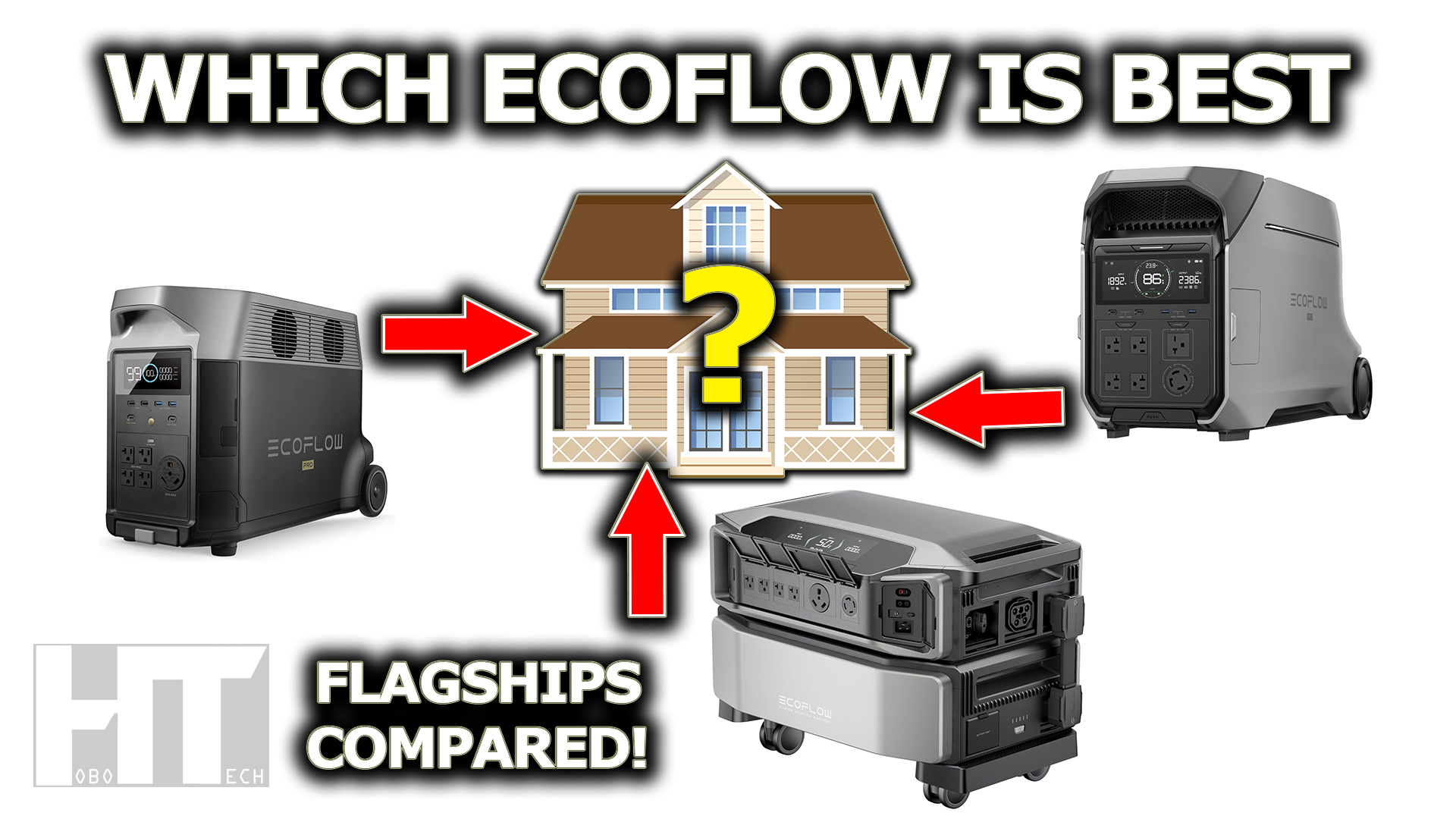
Which One To Buy? Ecoflow Delta Pro Ultra vs Delta Pro 3 vs Delta Pro
The Professor compares 3 flagship home backup power stations by EcoFlow — the Delta Pro Ultra, Delta Pro 3, and Delta Pro
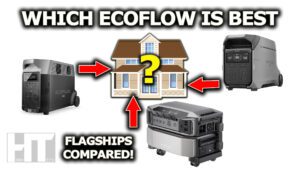
CHECK OUT ECOFLOW: https://gohobo.io/dpseries
Delta Pro 3: https://gohobo.io/dp3 (on Amazon https://gohobo.io/dp3amz2 )
*Use code 24EFDCHOBO1 for 5% off!*
//—Reviews—//
DELTA PRO ULTRA: https://youtu.be/PNz4WmT7Hr0
DPU + Smart Home Panel 2: https://youtu.be/KzCoMNjNGw0
DELTA PRO 3: https://youtu.be/qtPNj6XEbiE
DELTA PRO: https://youtu.be/lDj4izgxibE and https://youtu.be/FUA9yBhsTTM
ALTERNATOR CHARGER: https://youtu.be/C2tWguITtwM
//—Reviews—//

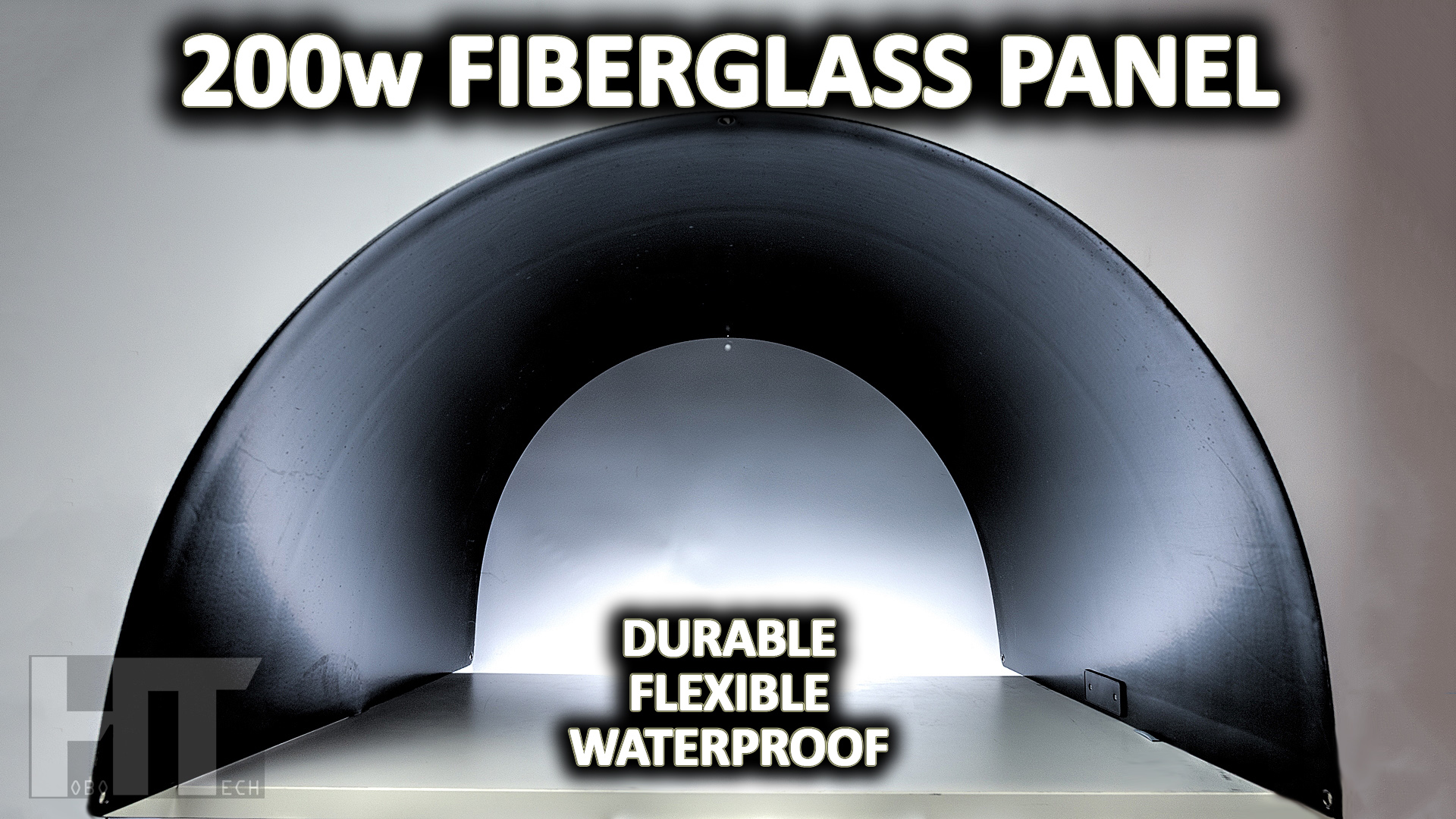
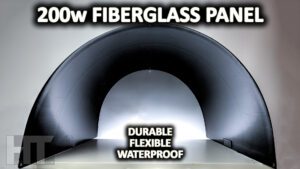
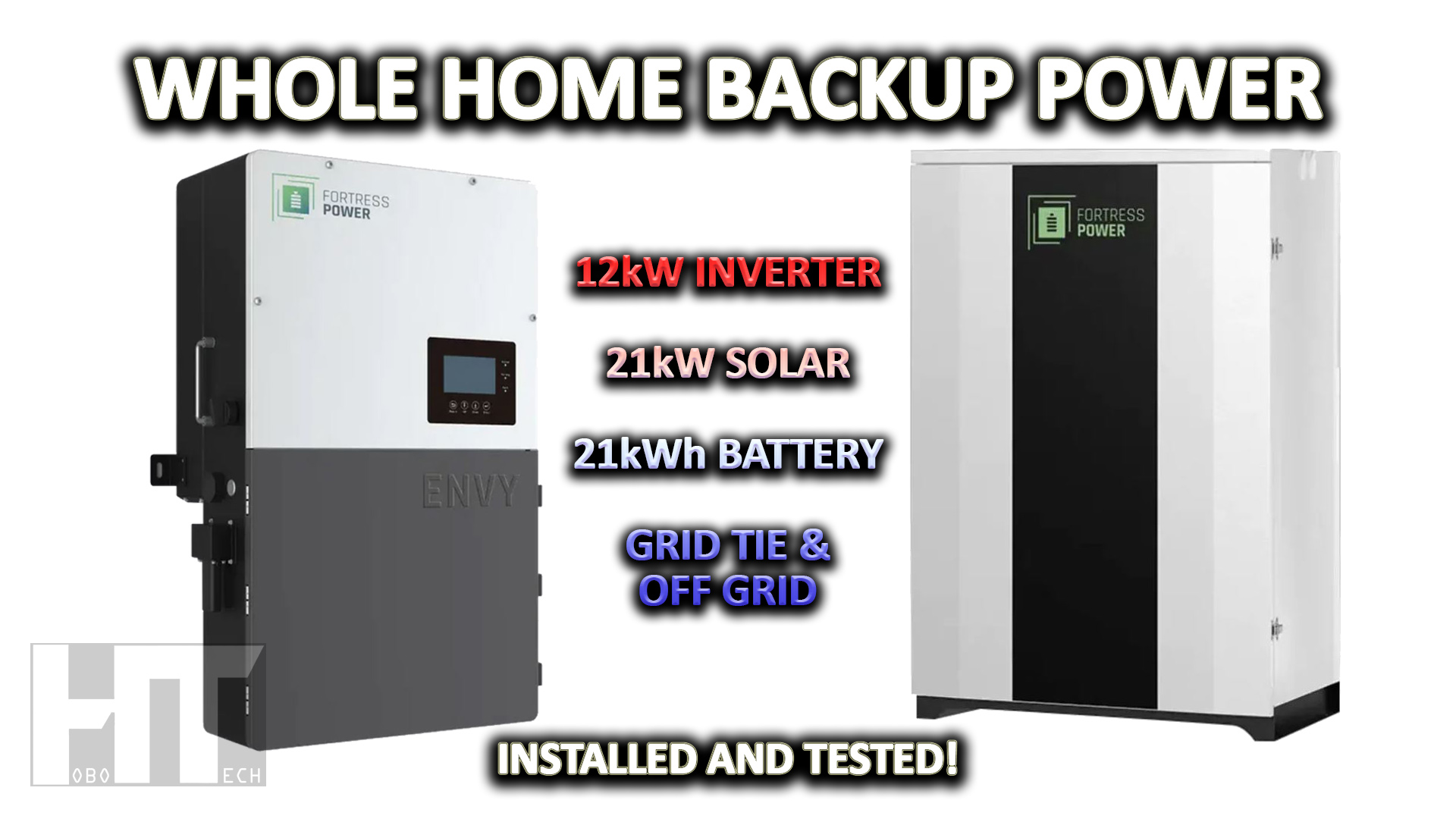
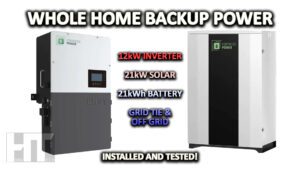
You must be logged in to post a comment.